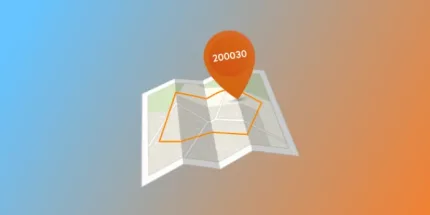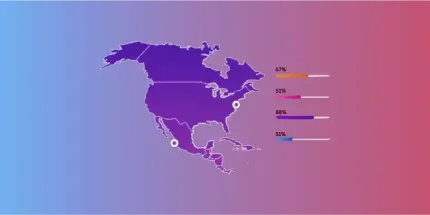Worldwide Administrative and
Zip Code Boundaries
Empower your location-based operations, applications and map visualizations with our edge-matched polygons




PRODUCT HIGHLIGHTS
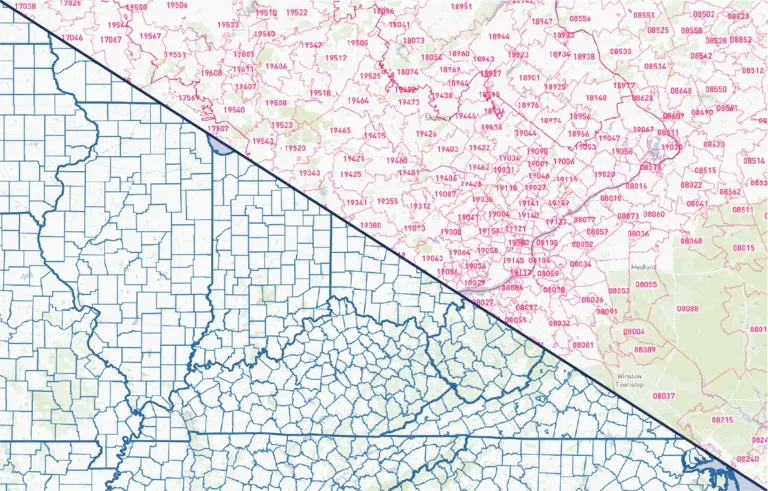
Postal and Administrative Areas for 247 Countries
Coherence and precision at every level
Edge-matched polygons
Our proprietary data-mastering processes guarantee shape accuracy, featuring a topological model and a dedicated algorithm to establish spatial relationships.
- No gaps, nor overlaps
- No duplicate data thanks to mutualized edges
- Clean coastlines and borders
WHY GEOPOSTCODES
High-quality boundary data and unique expertise
Highest Quality
- Edge-matched polygons
- Precision at every level
- Proprietary topological model
World coverage
- 247 countries
- Difficult geographies
- Up to 6 levels
Unique expertise
- Fast implementation
- Dedicated GIS Expert
- 100+ successful integrations

Rich attributes
Our boundary data can be enriched with country-specific information, population, multi-language support, enhanced UNLOCODEs, IATA codes, and time zones. Perform dynamic visualizations and geospatial analysis based on your specific needs.
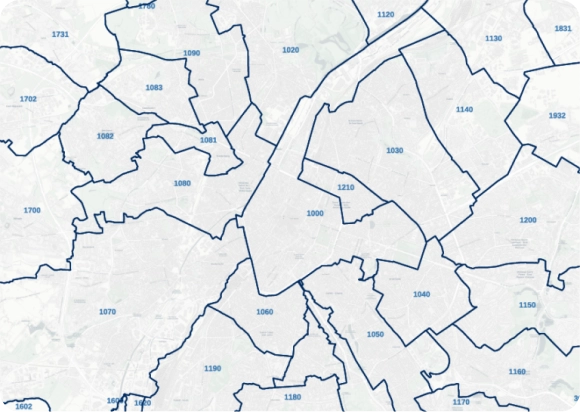
High-precision for spatial analysis
Our high-resolution shapes are put together with up to 1-meter precision, making it perfect for in-depth spatial analysis, clustering, geofencing, and reverse geocoding.
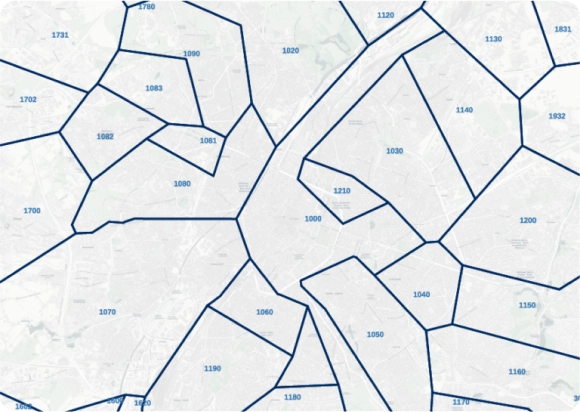
Fast-loading for reporting and BI
Get our lightweight, simplified, yet exhaustive format for a fast rendering. Our proprietary algorithm ensures all entities remain visible and perfectly connected after simplification.
Power your product with our high‑quality polygons
- Available formats: GeoJSON, Geopackage, KML, Shapefile formats
- Marketplace integration: Esri, Datarade, SAP, DataBricks, Google Cloud
- Host your data in the cloud
- Integrate within your software of choice

Power your product with our high‑quality polygons
- Fixed yearly pricing
- License tailored to your scope
- Dedicated onboarding included
- Integration within your product allowed
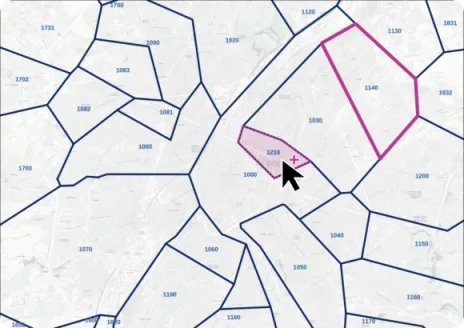
Easy customization
Our self-hosted data allows you to group polygons to form custom areas on a map easily. It's particularly interesting for territory mapping purposes.

Streamlined implementation
A GIS expert, dedicated to your account and committed to your success will ensure a seamless data integration process and an immediate answer to all your questions.
“Having postal boundary visualization works much better for customers than putting things in a table.”
William Chao
Product Owner, Geographic Information Services
“GeoPostcodes allows us to confidently and accurately map zip codes to natural hazard event boundaries.”
Dave Hamm
Project Manager
Complete your geodataset
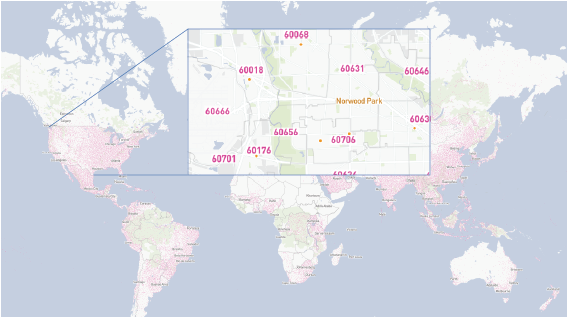
Zip code database
Global dataset containing all administrative divisions, cities and zip codes for 247 countries.
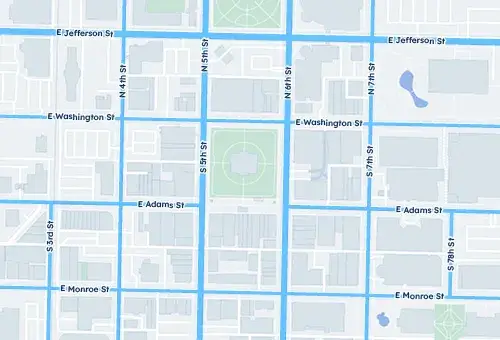
Address database
International data set with all administrative areas, localities, streets, and zip codes.
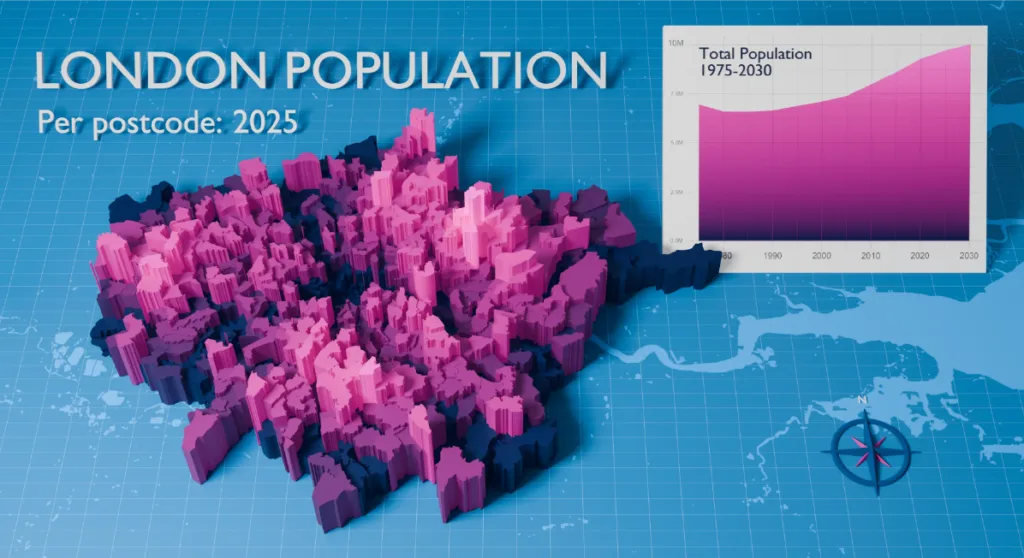
Population Database
Global population estimates at zip code and administrative level covering a span of 55 years: past, present, and future.
Check our related boundary data articles
Frequently Asked Questions
Admin-0 boundaries are the broadest and most fundamental administrative units in a geospatial data hierarchy. They define a country’s borders, marking its sovereignty’s limits.
Our boundary database ensures accuracy between polygons and between layers thanks to our topological model. All our data sets are updated frequently to ensure you get access to the most recent version of the geospatial data. Our outstanding quality comes from more than 10 years of double-checking and cross-referencing official sources.
Our boundary files come in 4 data sets formats (KML, GeoJSON, Shapefiles and Topojson). They can be easily integrated into your platform of choice. Our team will guide your integration process to ensure you get the most accurate spatial data analysis and map visualizations.
Our boundaries data is updated weekly to reflect any changes in postal codes or geographical areas. This ensures you always have the most current information for accurate planning and analysis.
Yes, our data is compatible with various GIS applications and can be overlaid on map tiles. This allows you to view detailed boundaries within your preferred mapping tools for enhanced visual representation.
We offer a public demo that lets you view sample data to evaluate its quality and compatibility with your needs. This gives you a firsthand look before committing.
We provide regular updates to account for any changes in boundaries. You’ll receive these updates regularly.


